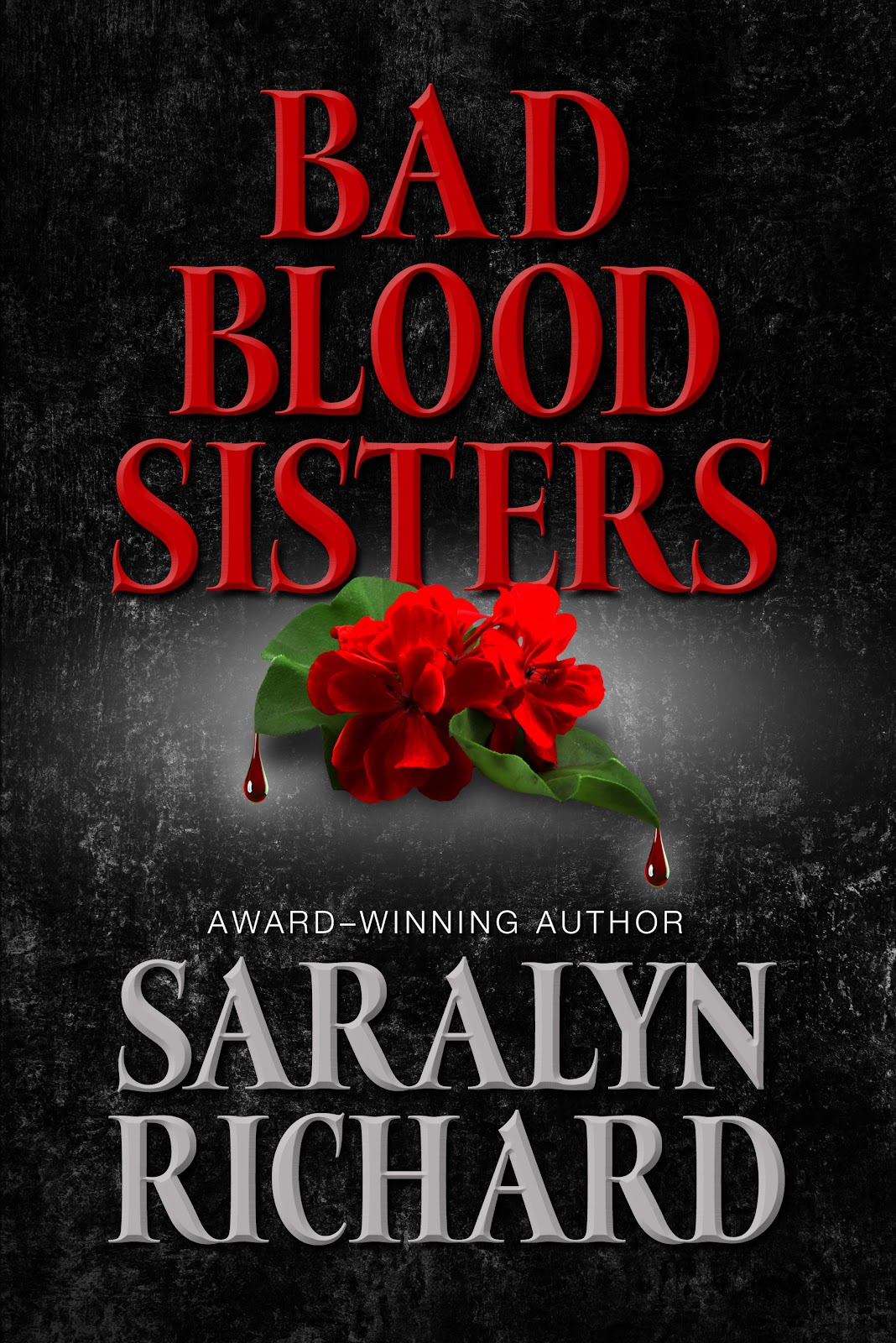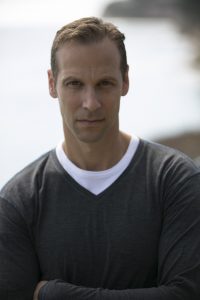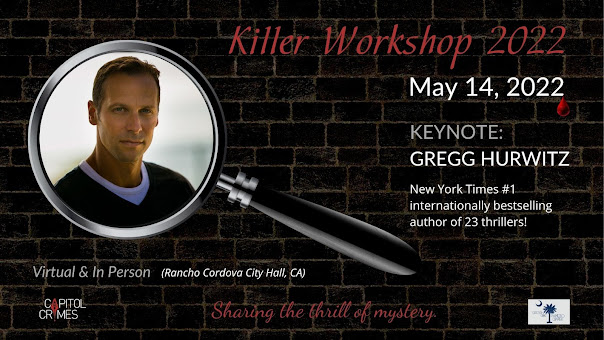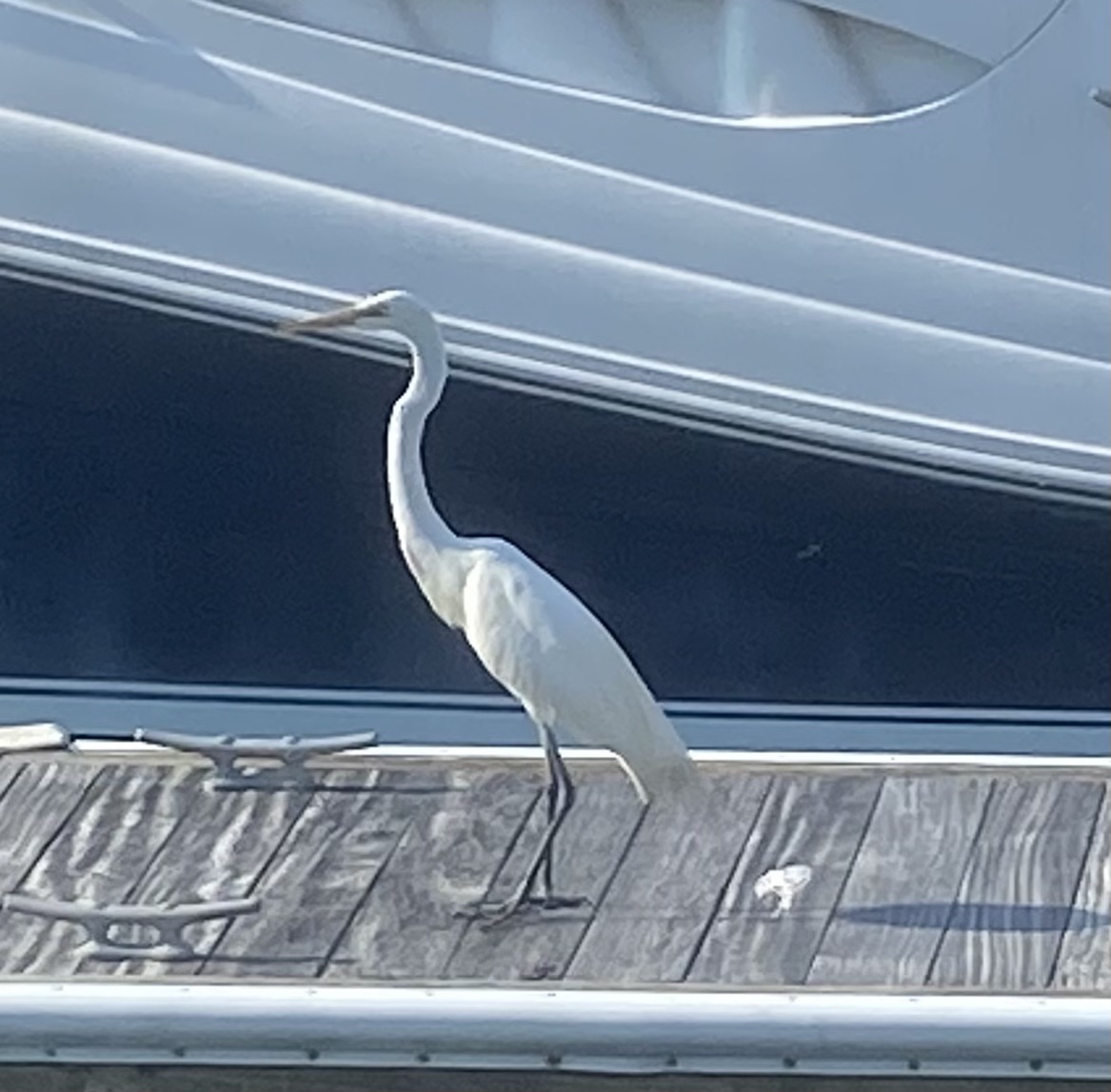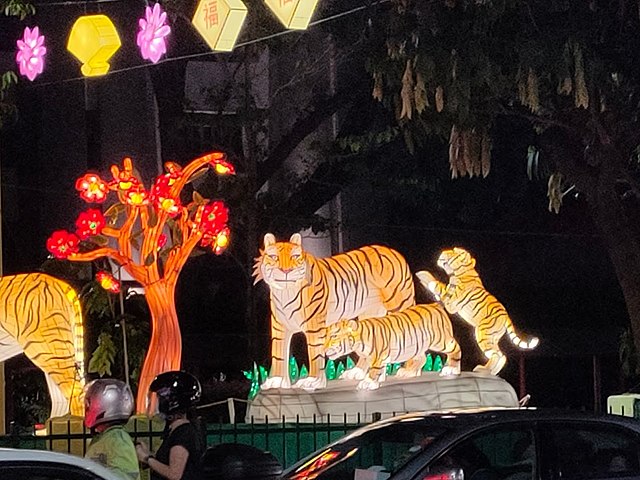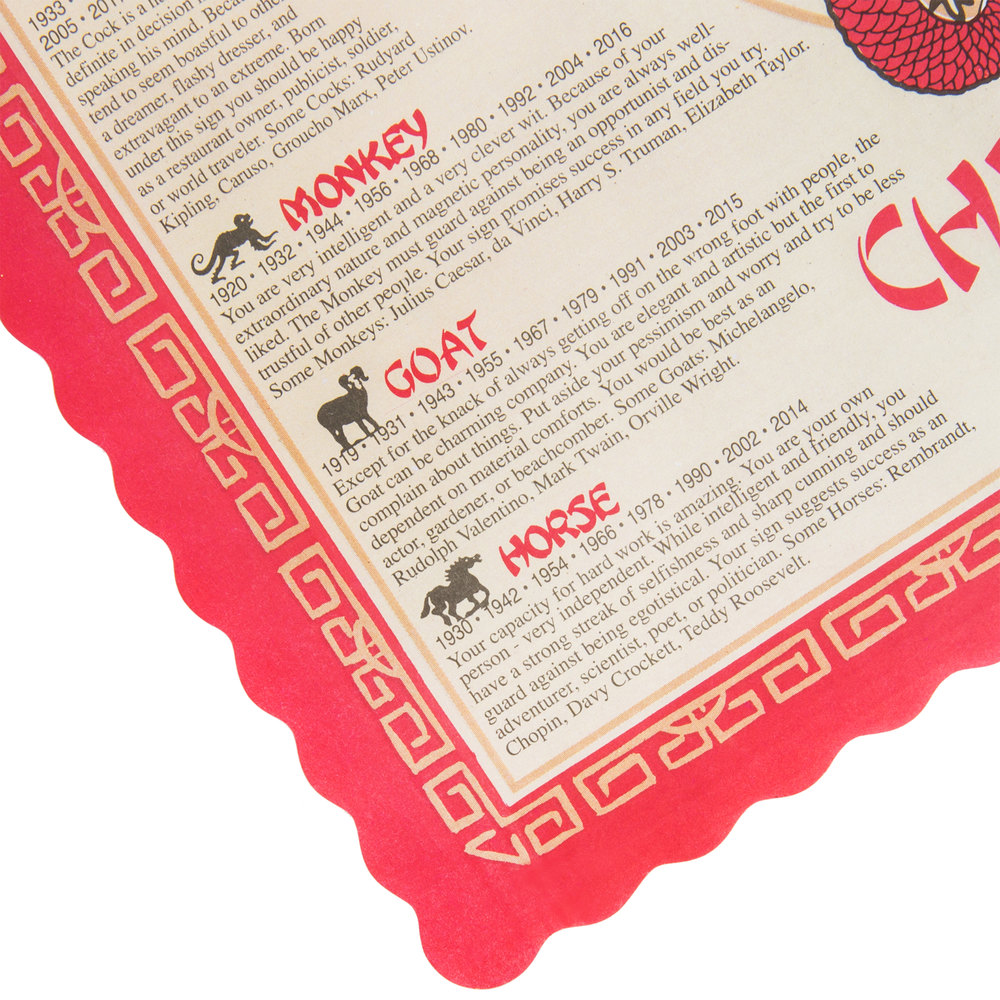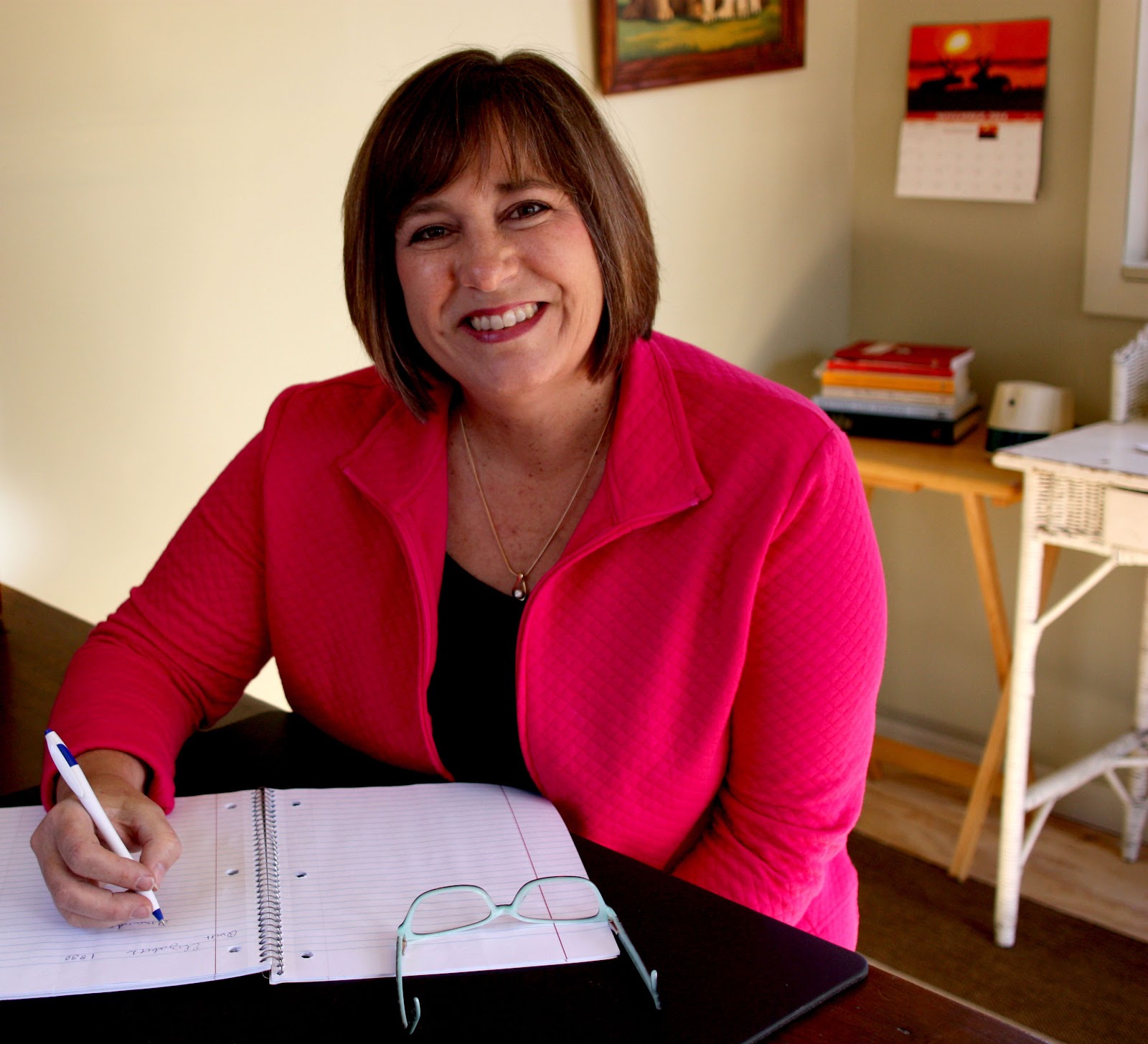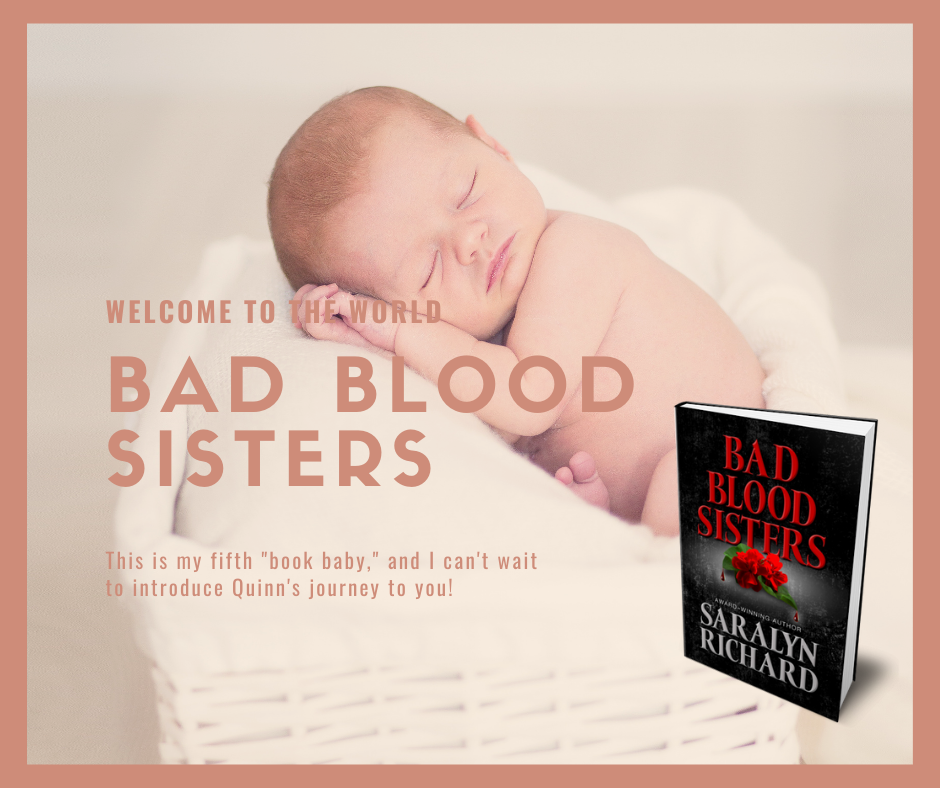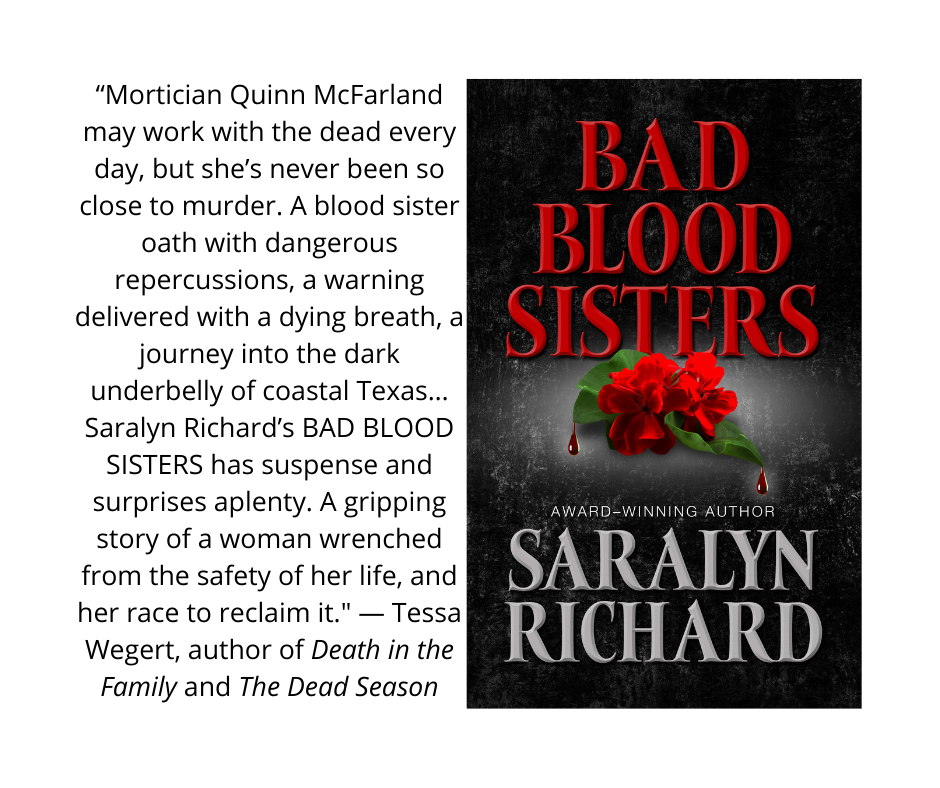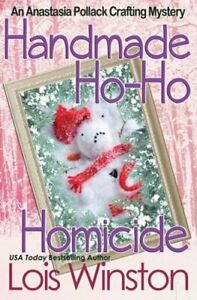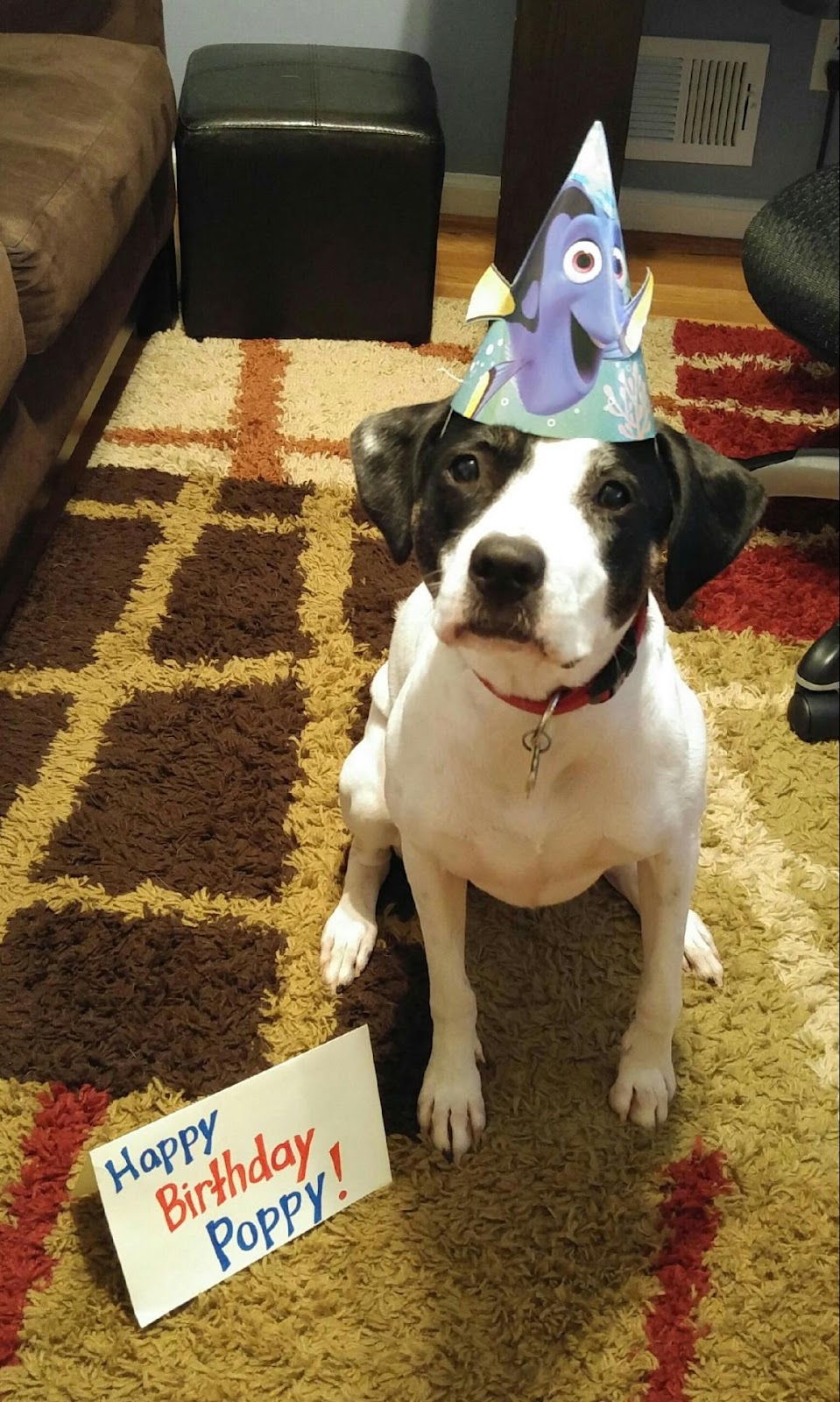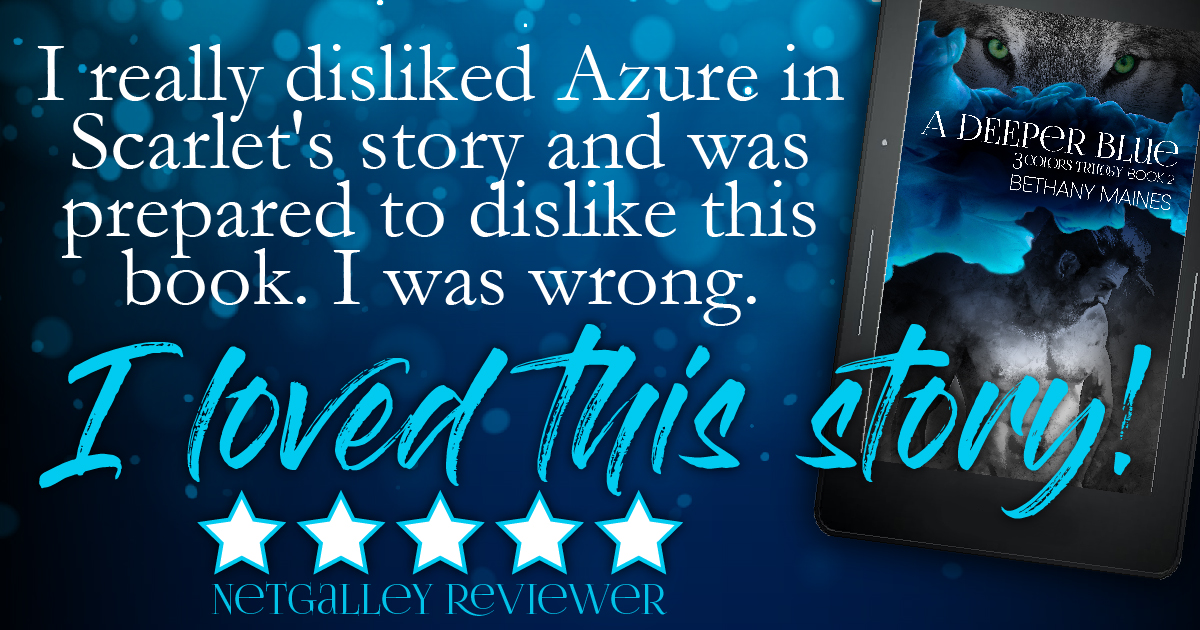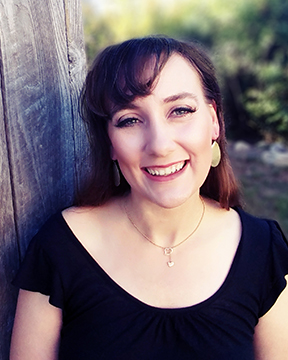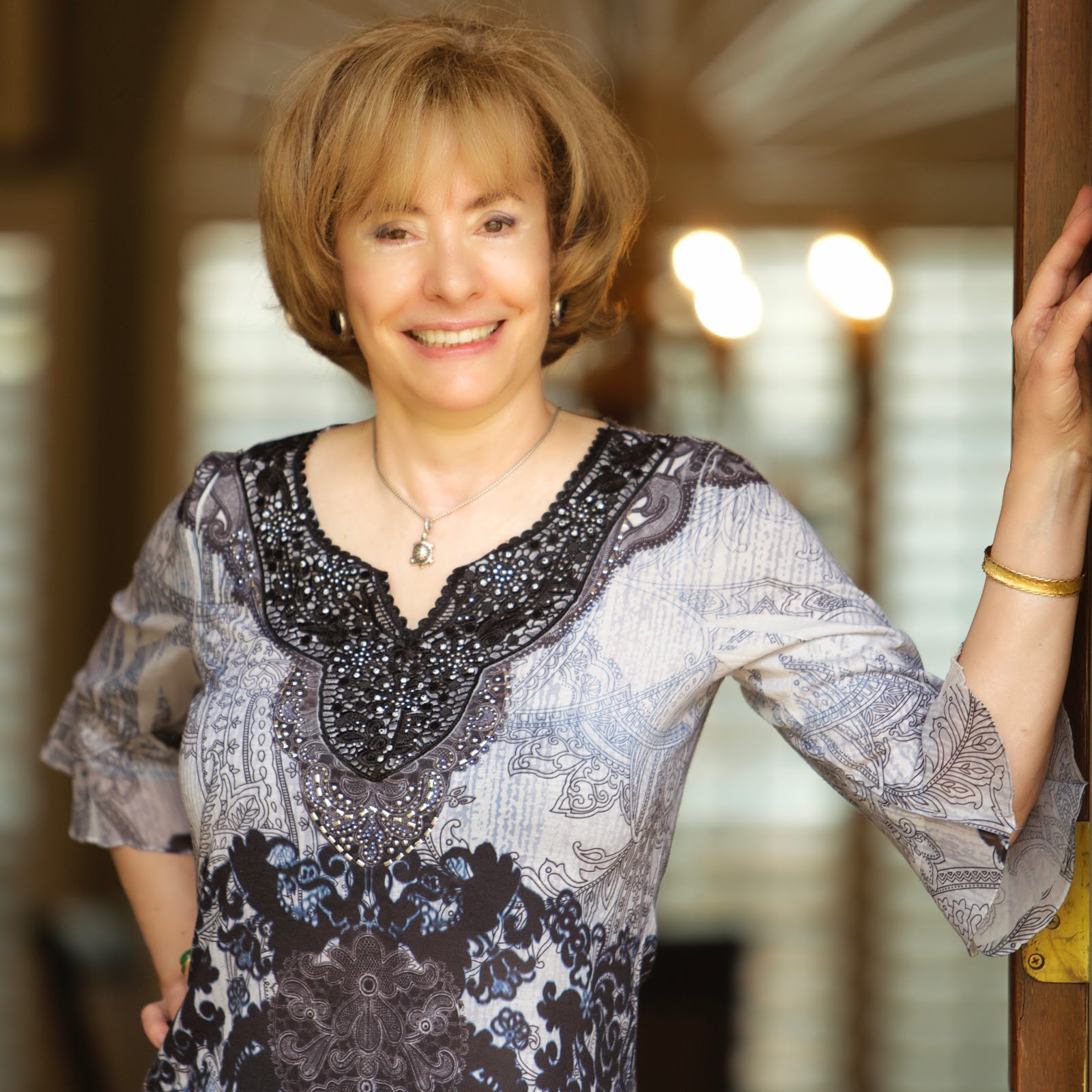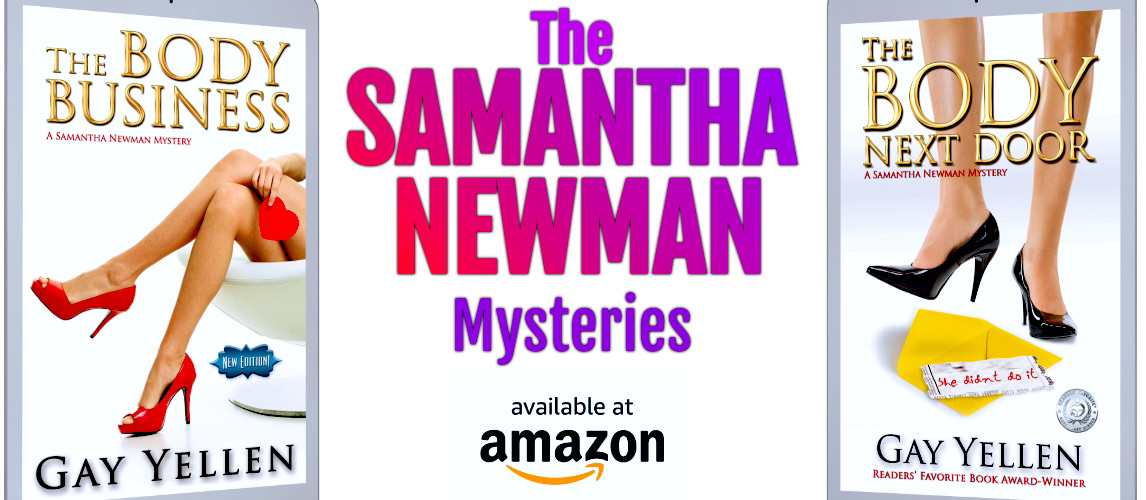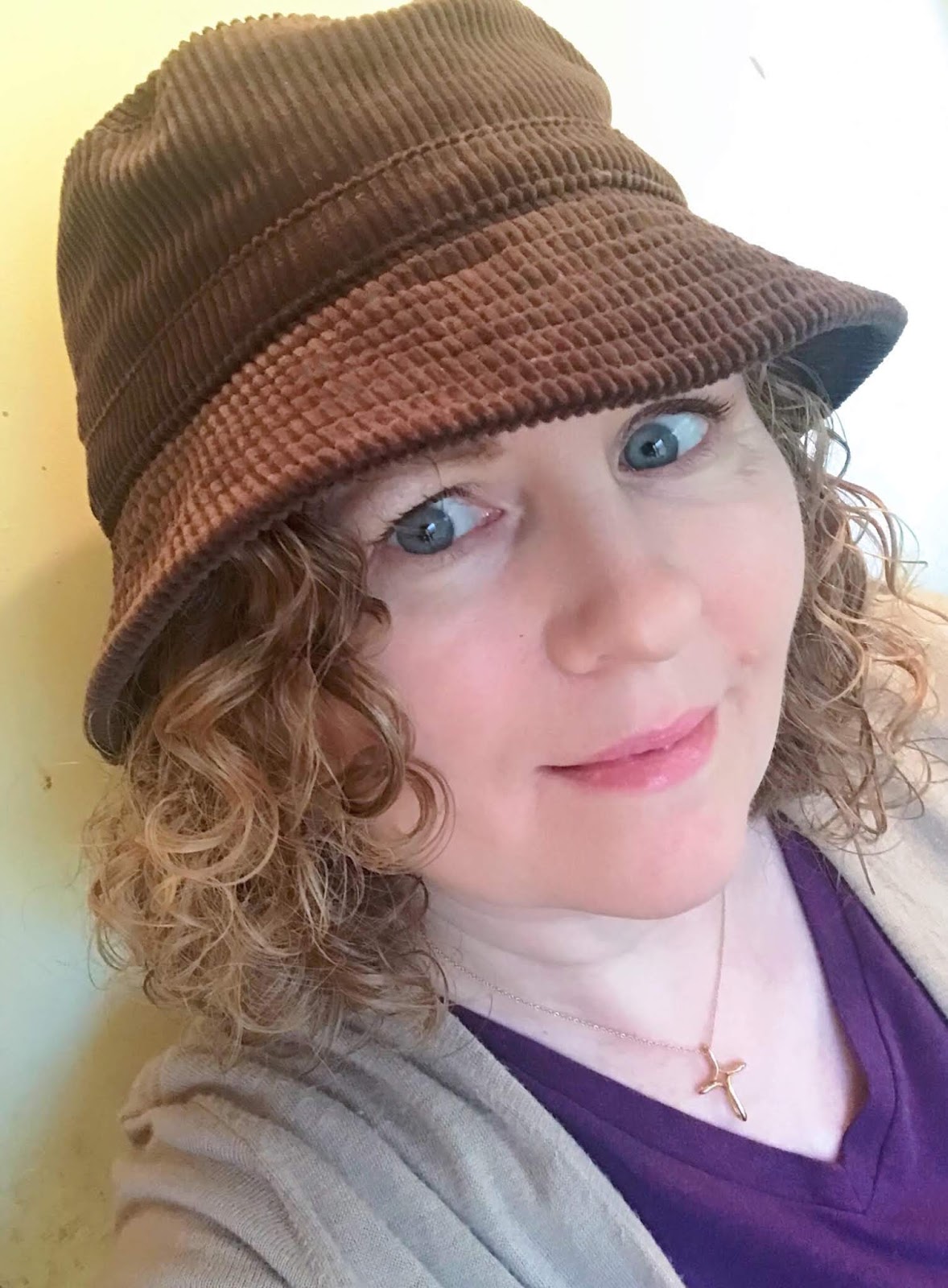Interview with Saralyn Richard
By Lynn McPherson
Saralyn Richard is a best-selling, award-winning mystery author. Her newest release, Bad Blood Sisters, may be the best yet. With its twists and turns, it will keep you reading all night long. Read on to find out more about Saralyn and her fabulous books!
Lynn: In Bad Blood Sisters, you incorporate one of my all-time favorite themes: secrets. Why do we all love to read about secrets? When is the right time to unravel the truth?
Saralyn: What a great question, Lynn. Secrets are juicy and exciting. They are never boring. They imply cloak-and-dagger intrigue, forbidden fruit, and mysterious happenings. They set up puzzles for readers to solve, and who doesn’t like a good puzzle? In BAD BLOOD SISTERS, Quinn and her BFF Ana have pledged a blood oath never to tell something that happened many years ago. But when Ana dies a violent death, Quinn is thrust into a dangerous position, and she must decide whether to violate her pledge.
When and how much to tell the reader about this secret is a very delicate matter. Divulge too soon, and the plot’s tension will be lost. Divulge too late, and the reader might end up frustrated with waiting. The key to deciding, for me, is answering the question: how important is this secret to the character motivation and action of the story? Once I figure that out, I can determine the “sweet spot,” where the secret needs to be revealed. Of course, that secret is only one of the driving forces in the book–once it’s revealed, there is still plenty of mystery to puzzle over.
Lynn: Your characters have so much depth. How well did you know your protagonist, Quinn McFarland, before you started writing? In general, what comes first, the characters or the story?
Saralyn: My books always start and end with characters. Who they are, what they want, what stands in their way–these are central to the story and come to me long before I start writing. In this book, there is a single person’s close point of view, and that’s Quinn’s. We get to know her struggles, past and present, and sometimes they are quite intense. I’ve found myself identifying with Quinn, and I hope the reader does, too.
Lynn: You’ve written a diverse collection of books, and they’re all great. Bad Blood Sisters is a mixture of suspense, mystery, and romance. Do you have a favorite genre to write?
Saralyn Thanks for the compliment. Coming from you, it means a lot. I’ve published five books now, including two Detective Parrott mysteries, two standalone mysteries, and a children’s book. While the settings and characters are quite diverse, there are common threads that run through them all: mystery, humor, suspense, and romance. These basic ingredients make for a fun read.
Lynn: Quinn McFarland is a mortician. How did you research her job and what was the most surprising thing you found out?
Saralyn: In researching my mystery novels, I’ve interviewed people who work in death services. While many prefer not to think about what that profession entails, morticians provide necessary services, and, because they deal with death every day, they often have a matter-of-fact attitude about it. It’s not unusual, in fact, for people in the industry to joke about death–never in the presence of the bereaved, of course. The opening line of BAD BLOOD SISTERS is, “Quinn’s family often joked about death, but that summer, death stopped being funny.”
Lynn: Bad Blood Sisters takes place in a small town on the coast of Texas. It really adds to the mood of the story. Why did you set it there? How important is setting in a mystery?
Saralyn: I was born and raised in a small town, an island on the coast of Texas. I’ve always wanted to set a book there, because the small town can be familiar and comforting, or it can be intrusive and oppressive. In this book, it is both. The steamy tropical setting adds atmosphere and tension to the story, always crucial to a mystery.
Lynn: I think we’re ready to read the blurb. Thanks Saralyn!

